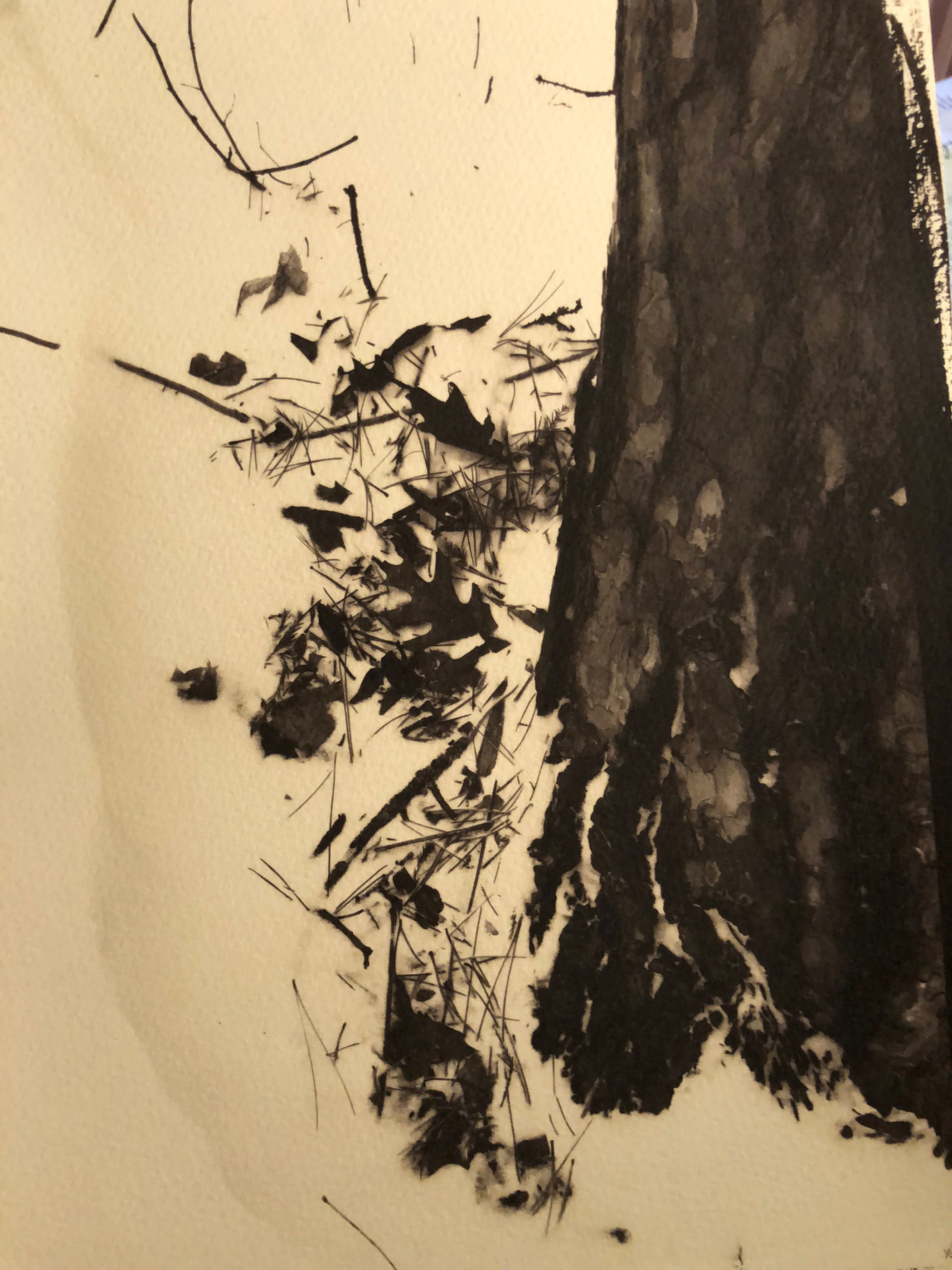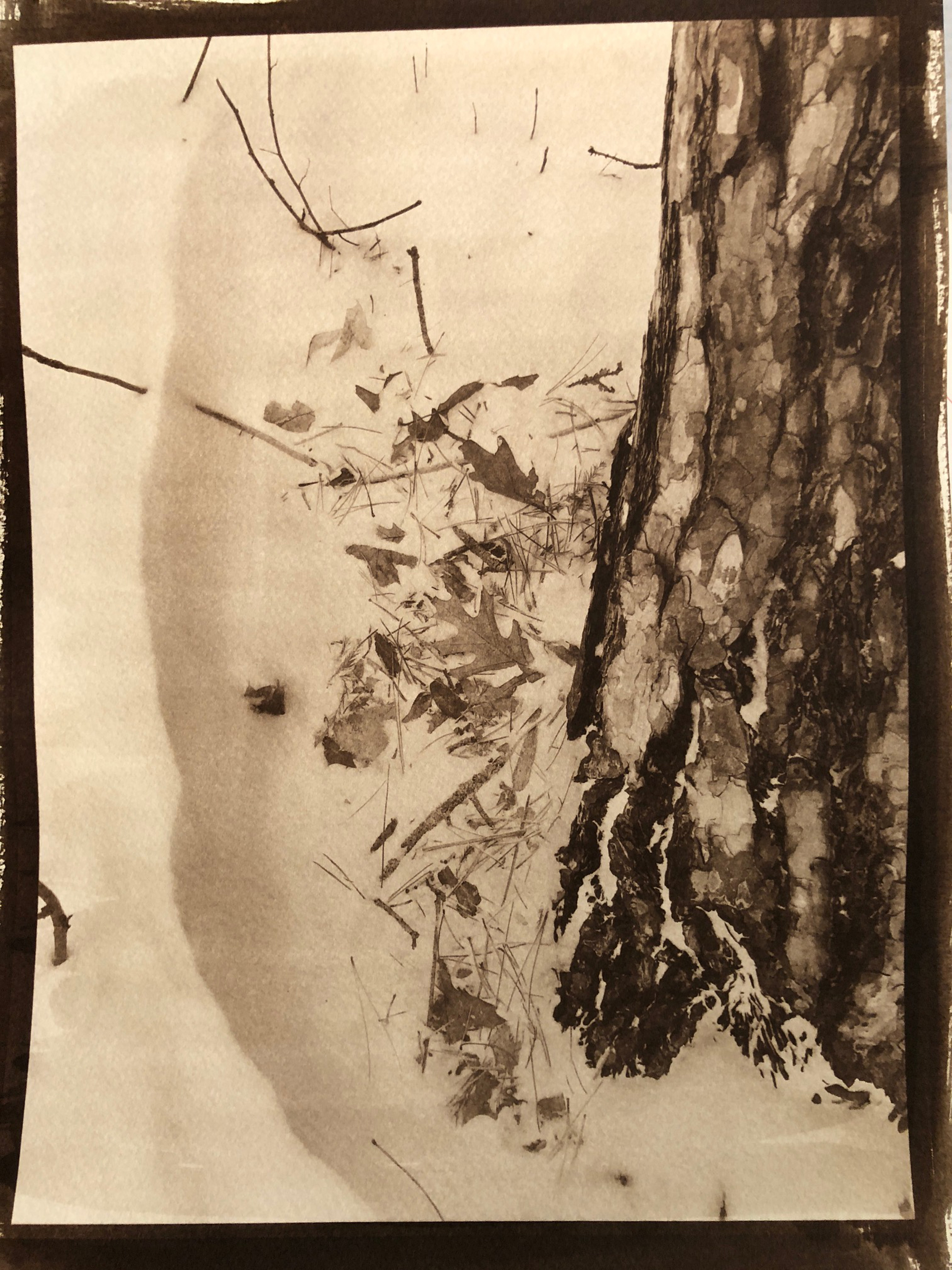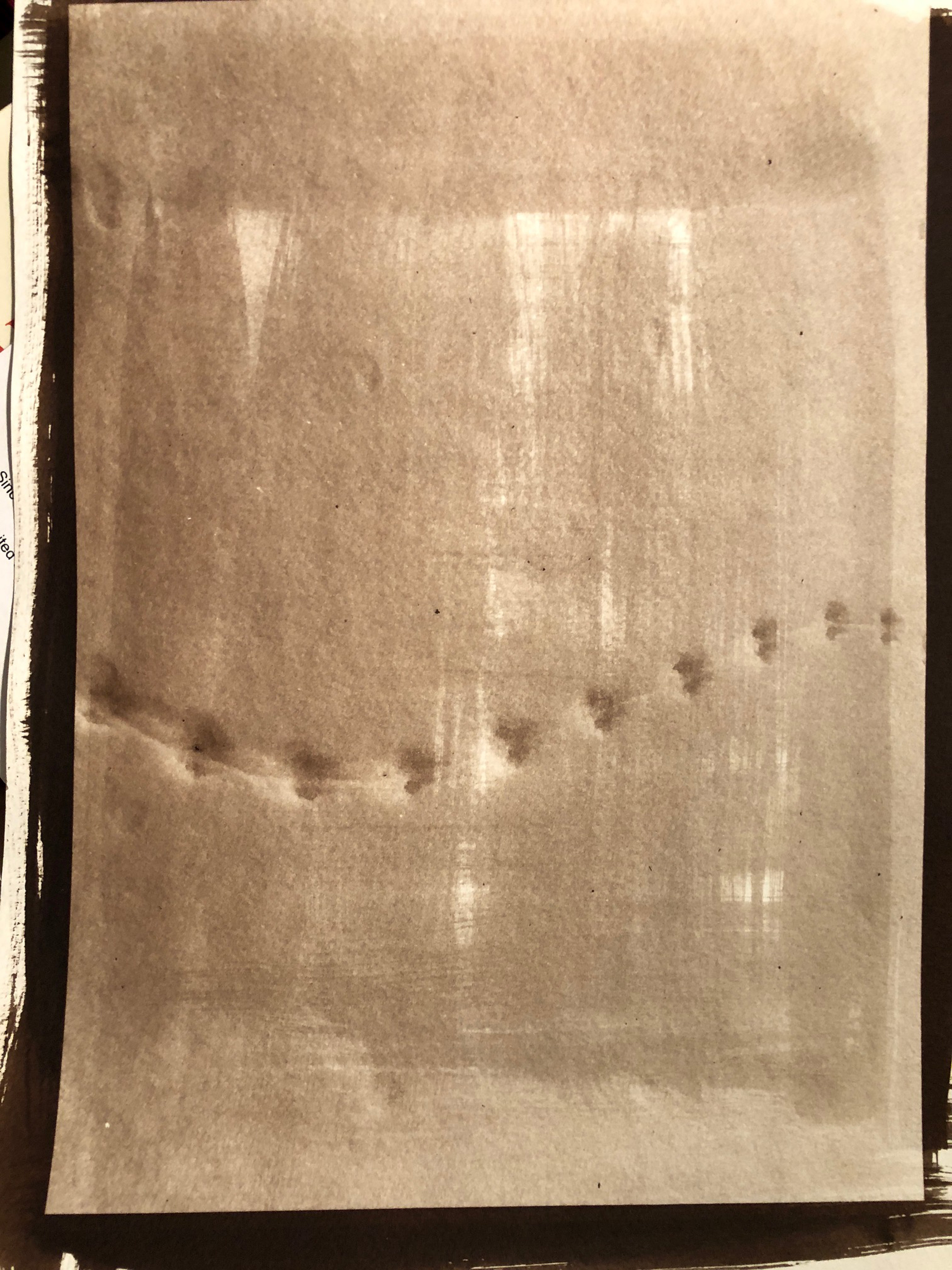There are lots of exciting things to try at Flower City Arts Center. As the photography and digital art intern this summer, I got to get a taste of the facilities offered here. One hidden gem of Flower City is the Risograph Printer. I was lucky enough to be able to play around with the printer and create a few designs, and I fell in love!
What is Riso printing?
For those who don’t know, the risograph pringint process is sgjhimilar to screen printing. Your original image is scanned on the Riso and burned onto a “master copy” which is then wrapped around a print drum which pushes ink through the screen and onto paper.
Here is why printing on the Riso is so unique:
Color

The riso printer is a wet ink process that uses bright ink to create delightful color on the page. Because each ink color is printed separately, the overlap of inks creates interesting color layering. Adding colored paper changes how color appears as well. Flower City currently offers 7 ink colors which is more than enough to create bright, beautiful work!
Texture
Part of the charm of the Riso printer is its uniqueness. Because of the printing process, ink coverage can vary to create an interesting speckled-like texture. No two prints are exactly the same and it gives the prints the feeling that there was a human hand creating them. As always, texture of paper can add a new element to the print that is accentuated on the Riso.
Versatility

With the Riso, the sky is the limit! Digital files, drawings and photography can be easily translated and printed through the Riso. That is why it is a favorite among graphic artists, designers and photographers alike!
Ease
I am no technology wiz, so when I was I would be printing on the Riso I was intimidated. But, to my surprise the process was extremely intuitive and easier than I had ever thought. Once you get a sense of how the process is executed, it is easy to get comfortable.
Learn More
Come on down and jam to some Lizzo while printing on the Riso!
If you are interested in learning about this process or getting a chance to use the machine check our upcoming Riso Projects Class and our Intro To Riso Workshops!
Click here to learn more about the photography and digital art facilities!

 July is jam-packed of awesome classes at Flower City. Here are a few you will not want to miss out on!
July is jam-packed of awesome classes at Flower City. Here are a few you will not want to miss out on! Stop Motion Animation Workshop
Stop Motion Animation Workshop Copper Photo Transfers
Copper Photo Transfers Cinemagraph Workshop
Cinemagraph Workshop Collages + Zines
Collages + Zines Panoramic Photography
Panoramic Photography Viva! Family Album (Ages 55+)
Viva! Family Album (Ages 55+)
























